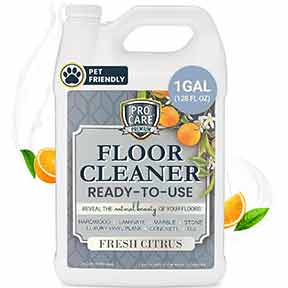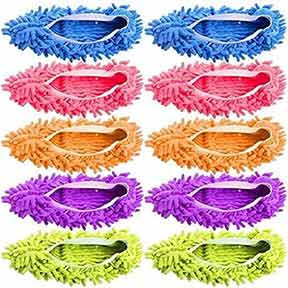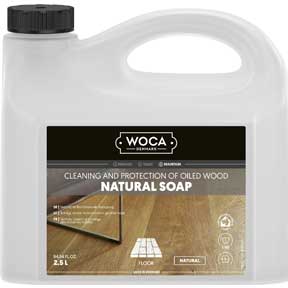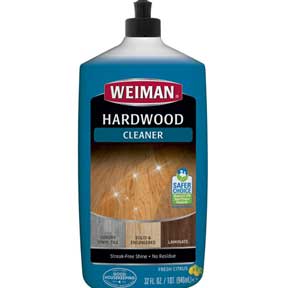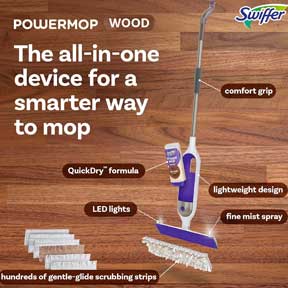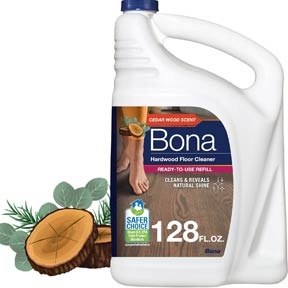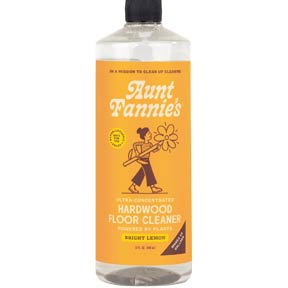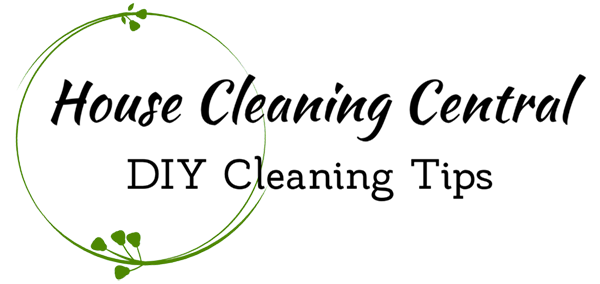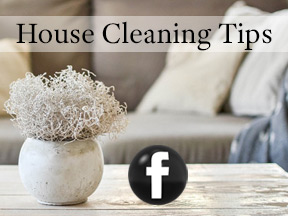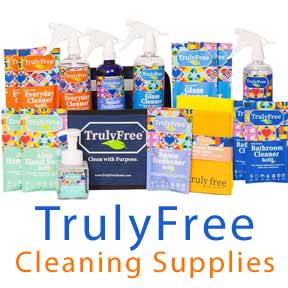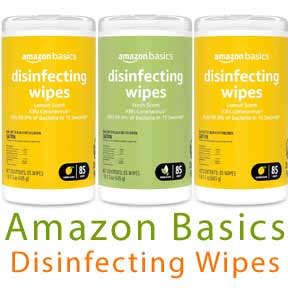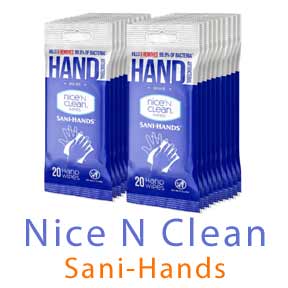How to Clean Hardwood Floors
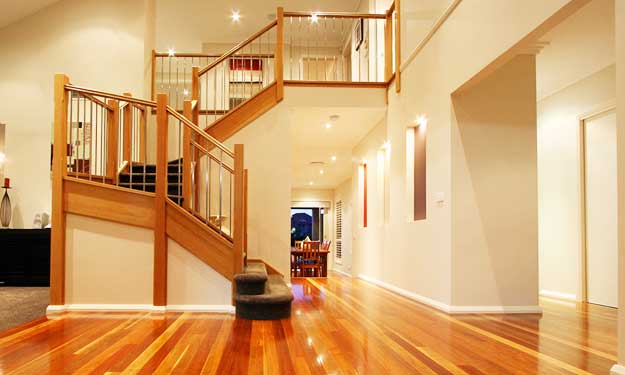
Cleaning and Maintaining Hardwood Floors.
Cleaning and Maintaining Hardwood Floors
Hardwood floors are a timeless feature that adds beauty and value to any home. But to keep them looking great for decades, it’s essential to know how to clean hardwood floors and maintain them properly – and that means more than just a quick mop every now and then. Whether you’re new to hardwood flooring or a seasoned homeowner, this guide will walk you through everything you need to know, from daily care to stain removal.Why Cleaning Matters
Dirt, sand, and grit are the biggest enemies of hardwood floors. These particles act like sandpaper and can slowly wear down the finish, causing scratches and dull spots over time. If you have kids or pets, this process can accelerate quickly. When you clean hardwood floors regularly it helps:- Prevent premature wear and tear
- Protect the finish
- Preserve the natural beauty of the wood
Daily and Weekly Maintenance Tips
Daily or Frequent Tasks
- Sweep or dry mop with a microfiber mop or a broom with frayed ends (they’re better at trapping dust and grit).
- Vacuum with care – use a vacuum designed for hardwood floors (no beater bar or turn it off).
- Dust mop regularly. If using a dusting spray, apply it to the mop head the night before for maximum effectiveness.
Weekly or Biweekly Tasks
- Use a damp (not wet) mop with water or a hardwood-safe cleaning solution.
- Clean high-traffic areas like entryways and kitchens more often than bedrooms or low-use areas.
Know Your Floor’s Finish
Before choosing a cleaner, it’s critical to understand what kind of finish your clean hardwood floors have. There are two main categories:Surface Finishes (Shiny or Glossy)
- Most common types: Polyurethane (oil-based or water-based), prefinished, and catalyzed finishes
- Maintenance: These are sealed, making them more resistant to water and stains – easier to clean
Penetrating Seals (Matte or Satin)
- Examples: Oil, wax, or acrylic finishes
- Maintenance: These finishes absorb into the wood and require more care; excess moisture or harsh cleaners can damage them
General Cleaning: Using Water Safely
Plain water can work for sealed hardwood floors – but only if used carefully. Here’s how:- Use a damp mop, not a wet one. If water pools on the floor, you’re using too much – stop immediately and dry it up.
- Always dry the floor after mopping using a dry mop or towel.
- You can add a few drops of wood-safe essential oil (like lavender) for a light scent. Avoid citrus or strong oils, which can affect the finish.
- Important: Only use water-based cleaning if you’re certain your floors are sealed. For unsealed or waxed floors, water should be avoided altogether.
A Deeper Clean: Vinegar and Water (With Caution)
For a streak-free clean, some homeowners use a diluted vinegar and water solution:- Old wood floors: 1/4 cup white vinegar to 1 gallon warm water
- Swedish finishes (acid-cured): Use caution or avoid vinegar altogether – consult a pro first
- Bamboo floors: 1/4 cup vinegar to 1 gallon warm water
Tips for Using Vinegar Safely
- Always dilute properly
- Mop in small sections
- Use a damp mop, never soaking wet
- Spot test first in an inconspicuous area
- Dry immediately after mopping
Say No to Ammonia
Ammonia may seem like a powerful cleaner, but it can be harmful to hardwood finishes – especially those with oil or wax coatings. It can:- Cause white hazing
- Soften or strip the finish
- Damage the protective layer
Hardwood Floor Stain Removal by Finish Type
Not all stains are created equal – and how you remove them depends on whether the stain is on the finish or has penetrated into the wood itself.| Floor Type | Stain Type | Recommended Removal Method |
|---|---|---|
| Polyurethane (Sealed) | Scuffs / Heel Marks | Use soft eraser, tennis ball, or Magic Eraser with light pressure. |
| Water Rings | Blow-dry with low heat; buff gently if needed. | |
| Dark Stains (Ink, Wine, Pets) | May require board replacement or light sanding + refinishing. | |
| Avoid: | Ammonia, bleach, undiluted vinegar, steel wool, wax, or oil. | |
| Floor Type | Stain Type | Recommended Removal Method |
| Waxed / Oil-Sealed | Water Stains | Buff with #2 steel wool, reapply wax. |
| Heel / Scuff Marks | Light buffing + rewaxing; erasers or pads may work. | |
| Cigarette Burns | Sand lightly with steel wool, clean with mild soap (e.g., Dove). | |
| Gum / Wax | Freeze with ice, scrape gently from outside in. | |
| Avoid: | Ammonia, wet mopping, excessive moisture. | |
| Floor Type | Stain Type | Recommended Removal Method |
| Prefinished / Engineered | Scuffs | Use manufacturer-recommended cleaner or soft eraser. |
| Gum / Wax | Freeze and gently lift off; avoid scratching surface. | |
| Water or Deep Stains | Spot repair with matching kit; replace board if needed. | |
| Avoid: | Sanding, steam mops, vinegar. | |
| Floor Type | Stain Type | Recommended Removal Method |
| Unsealed / Bare Wood | Any stain | Spot sand, clean with mineral spirits, refinish as needed. |
| Avoid: | Water, vinegar, any liquid-based cleaners. |
General Tips (All Finishes)
- Always test in an inconspicuous spot.
- Use soft cloths, not abrasive scrubbers.
- Keep the area dry and ventilated after cleaning.
Choosing Commercial Cleaners
If you choose not to clean hardwood floors with the DIY methods listed, there are plenty of commercial hardwood cleaners are available. Just make sure to:- Choose a product made specifically for hardwood floors
- Check that it’s compatible with your floor’s finish
- Avoid “all-purpose” cleaners or anything with ammonia or bleach
Long-Term Protection Tips
- Place rugs near doors, sinks, and other high-traffic zones
- Use furniture pads on chair and table legs
- Trim pet nails regularly
- Avoid high heels and cleats on hardwood
- Humidity matters: Use a humidifier in winter to prevent gaps and cracks; aim for 35–55% indoor humidity
Floor Supplies


